#Irish myth
Text
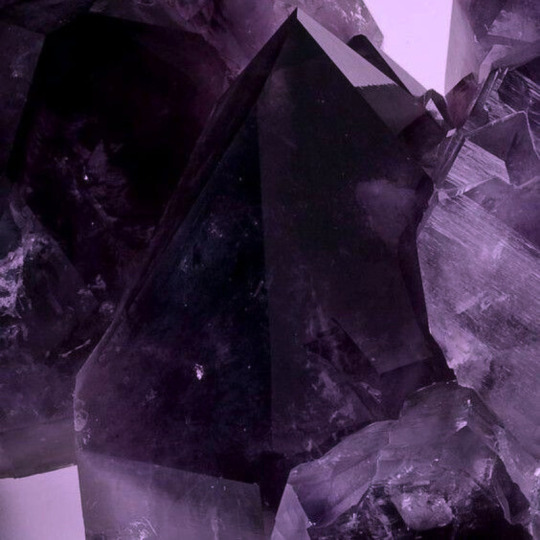
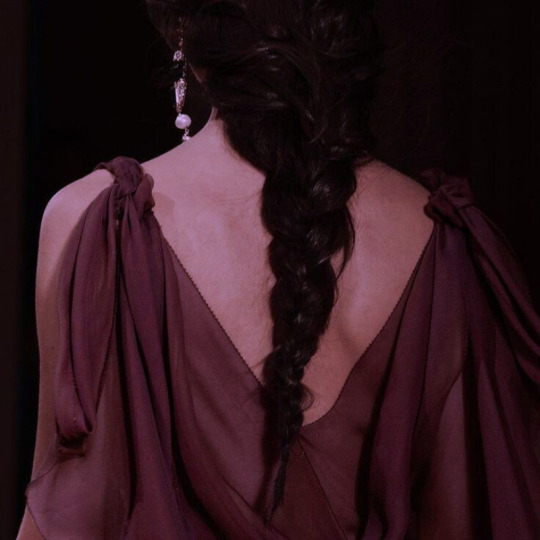


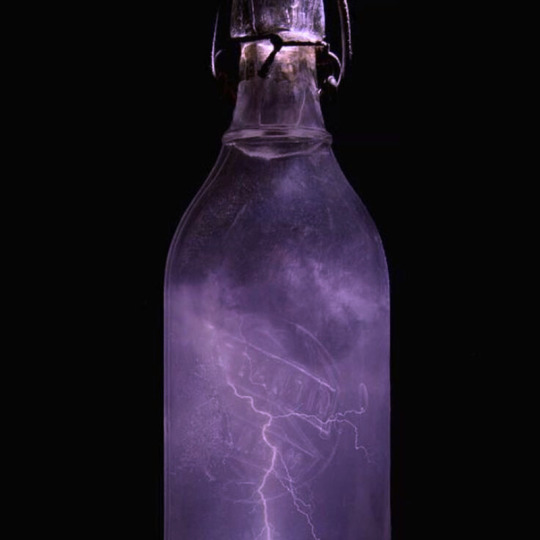
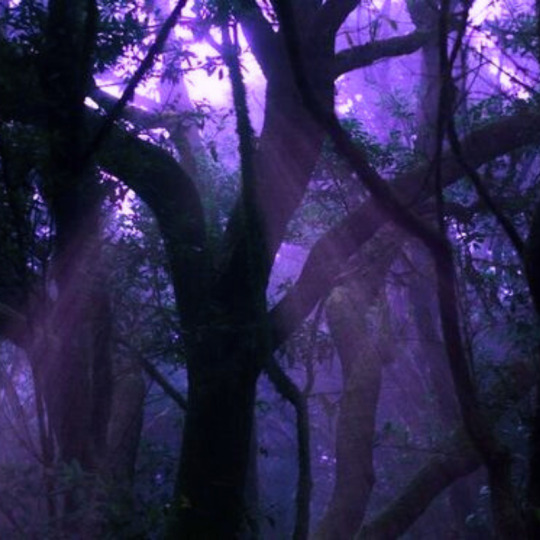

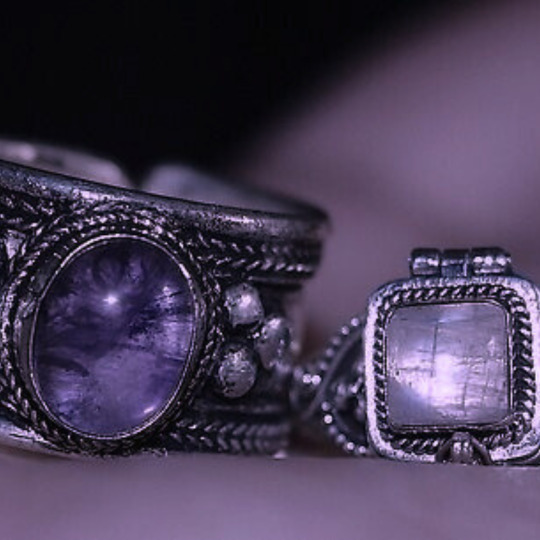

irish mythology: danu
danu is known as the mother of irish gods. she is the mother goddess of the tuatha dé danann – in fact, these supernatural beings take their name from Ddnu, as the name tuatha dé danann translates to ‘the peoples of the goddess danu.' she is strongly associated with nature, as well as regeneration, wisdom, death, and prosperity. it’s thought that she passed on her own wisdom to members of the tuatha dé danann, as well as her creative and crafty talents.
212 notes
·
View notes
Text

Étain, depicted with her peers in power and beauty
Harry Clarke, stained-glass, [c.1900]
Left to right; Étain [or Éadaoin], Helen, Medb and Fand.
281 notes
·
View notes
Text
I've been looking more into the myths and legends that inspired Tolkien, specifically into Irish Mythology, and there are actually a lot of very interesting similarities, particularly in Tir na nÓg and the Tuatha dé Danann.
Tir na nÓg means 'the land of the young', and is an enchanted isle off the west coast of Ireland where all were happy and suffered no illness or unhappiness. It is also called the Otherworld, and just like with Valinor, was often mistaken for a kind of heaven or afterlife when it was an actual, earthly place that could be reached by sailing across the sea(or through magic).
It was from Tir na nÓg that the Tuath Dé came, sailing eastwards in a fleet of 300 ships. Tuatha dé Danann means "people of the Goddess Danu". The Tuath Dé are immortal beings who are immune to aging and illness who came from across the sea and inhabited the lands of Ireland before Men ever came there.
Upon landing on Ireland's shores the Tuath dé immediately took the ships they had used and burned them to prevent anyone from returning to their homeland. The smoke from the fires could be seen for miles and the dark cloud lasted for three days straight.
In their first battle against their enemies and former inhabitants of Ireland the Formorians, the King of the Tuath Dé, Nuada, had his arm sliced clean off. Because he was no longer "unblemished", he thus lost his kingship, although a new hand was made for him that was made of silver. Nuada thus gained the epithet of Airgetlam, meaning 'silver hand/arm'.
They were powerful magic users, and during the years they spent there conquered most of Ireland, though at the cost of much blood.
But just like the Elves, so do the Tuath Dé and their power eventually fade at the coming of Men, the Milesians, the ancestors of the Irish people. In some tales the Tuath dé fight back and are driven underground by the Milesians, but in others versions the Tuath Dé foresee and accept their fate, and flee beneath the earth where they later become the sidhe, the fairy folk, or Little People, living in barrows and cairns. In other versions, the Goddess Danu sent many of the Tuath Dé to live in Tir na nÓg, and made homes beneath the earth for those who wished to stay.
Overall, very alike to Tolkien's Elves, specifically the Noldor!
#there's also Failinis who was an enormous magical hound#who was practically invincible and could slay any creature it came across#sounds very much like a certain hound of valinor...#silmarillion#Tolkien#Irish myth#tuatha de danann#tir na nog#Noldor#Valinor
149 notes
·
View notes
Photo
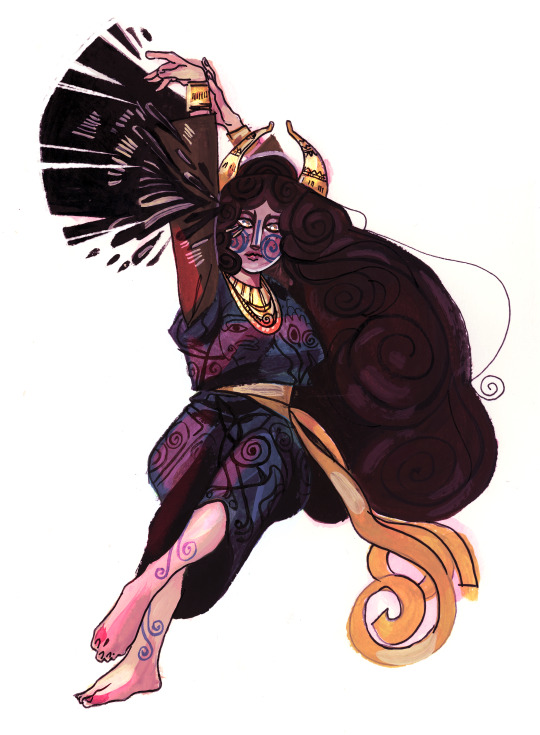
The Mórrígan
#art#my art#traditional art#goache#water color#watercolor#irish myth#celtic#celtic mythology#the morrigan
671 notes
·
View notes
Text
The Real Mother of the Gods
Random internet articles will tell you how Danu is the mother of the Irish gods, like some overarching ancestral figure.
When reading the actual lore, this idea is pretty false. There may be a Danand, mother to three gods, but no great Danu. This is even argued, as a better translation may reveal they are three gods of skill, the word for skill confused or made into the name of a goddess.
While I was reading the verse portion of the Lebor Gabála Érenn volume 4 (LGE) on the tuatha, I discovered something interesting. Ethniu is named as mother to seven of the major gods: Luichtaine, Creidne, Goibnu, Dian Cecht, Nuada, Dagda, and Lugh.
Additionally, in the Cath Maige Tuired, if I am not mistaken, Ogma is named as one of her sons.
It is a shame this isn't discussed more. The prose text of the LGE does not mention this either. It mostly recounts who is the father to whom.
Ethniu is daughter of Balor, a Fomorian king. The Fomorians share ancestors with the gods, and live on islands close to Ireland.
Folk or fairy tales tell how Balor heard a prophecy that his grandson would kill him, so he locked Ethniu up, surrounded only by women, until a man looking for a magic cow Balor stole sneaks in and she gets pregnant with Lugh.
In the LGE it is mentioned she is given to Cian, a god, in marriage and they have Lugh.
But turning to the verse texts in the LGE, here is the small passage:
"They were powerful against their firm conflict,
The seven lofty great sons of Ethliu.
Dagda, Dian Cecht, Credne the wright,
Luichne the carpenter, who was an enduring.
consummate plunderer,
Nuada who was the silver-handed,
Lug Mac Cein, Goibninn the smith."
(The names have variations of how they're spelled in the LGE.)
Her first six sons are over different skills/roles, a smith, wright, carpenter, a physician, a king, and a druid/wizard/warrior, but her son Lugh possess all of the skills and becomes the king of the gods after Nuada’s death.
I think Ethniu/Ethliu should get the credit for being mother of the gods.
#irish mythology#tuatha de danann#irish myth#pagan#irish lore#celtic myth#goddess#irish gods#witchblr
34 notes
·
View notes
Text
Prayer to Brighid
You who breathes innovation,
and ignites that spark within us
You who forges with steel,
as well as with words
You who kindles the fires,
and stokes our passions high
Brighid, Lady of the Amber Forge,
I honour you.
#prayer a day#day 12#deity#brighid#bríde#Brigid#goddess#irish myth#irish mythology#prayer#poem#pagan#paganblr#paganism
38 notes
·
View notes
Photo



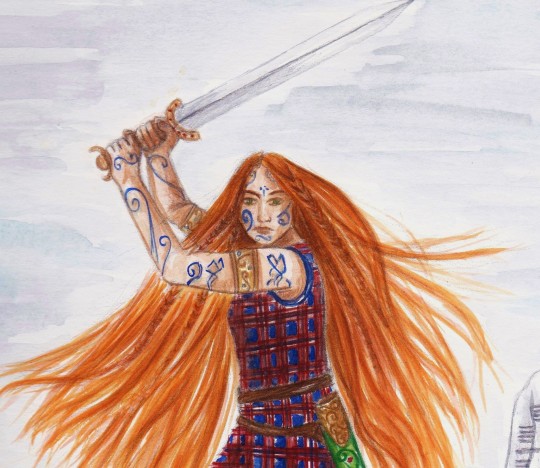



🎨♀Herstory+Celtic throwback♀🎨 - Graphite lineart and watercolour painting of the Scottish warrior-trainer Scáthach from Celtic myth for the 2014 FWW Stock Challenge on DeviantArt. I quite like how this painting turned out 😃 !
.
. 🎨Media: Watercolours over graphite drawing
. 🍀Other references: DeviantArt stock pic for the main pose, photographs of stones and Celtic swords and designs, self-picture for the skirt movement.
I wanted to draw a Celtic warrior-woman from Irish myth, so here is how I imagine Scáthach of Alba, a formidable warrior-woman with druidic skills who trained warriors in her renowned academy in the island of Skye in Alba (Scotland). She trained a lot of famous heroes, Cúchulainn among them. Her sister, Aoife, was also a great warrior-woman, even greater than herself.
.
. "If Cúchulainn would go to Scathach, the woman-warrior that lived in the east of Alban, his skill would be more wonderful still, for he could not have perfect knowledge of the feats of a warrior without that." (Lady Gregory's Cúchulainn of Muirthemne).
I wrote Scáthach's name and the names of some other famous warrior-women in Irish myth in the stones using the Celtic tree Ogham alphabet: The left stone includes the names of Nessa, Conchubar's mother, and queen Medb. The stone on the right has "Scáthach banlaoch" (Warrior-woman Scáthach), plus Ogarmach, the invader daughter of the King of Greece, and Macha.
.
I depicted Scáthach with woad skin-paint, flowing loose hair and a checked sleeveless, ankle-length dress. Although the Celts in Gaul, seemed to favour trousers when fighting, there is evidence that the Insular Celts often preferred dresses and short/long tunics to pants. The warrior-women of this time (c. 1st Century BC) are often described in the mythology as wearing long dresses and cloaks, loose hair, a great number of ornaments, and little to no armour. The same goes for the men (with short/long tunics instead of dresses), as Celts didn't seem to be great fans of wearing armour, preferring to go to battle fully decked in all their (often encumbering) finery and/or with bare chest or directly fully naked xD
🎨ArtStation
🎨Instagram
🎨 DeviantArt
#Celtic culture#Celtic mythology#scáthach#warrior women#My art#banlaoch#Celtic women#Celtic myth#Celts#Irish myth#Scotland#Ireland#cú chulainn#Scáthach of Alba#scathach#watercolours#graphite drawing#watercolour painting#Irish mythology#swordwoman#Celtic warrior#herstory#history#ancient times#ogham#aoife#medb#boudica#nessa#macha
44 notes
·
View notes
Text
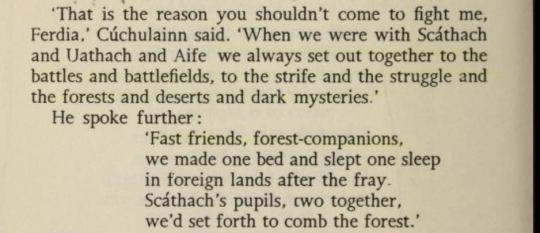
gang i know you love the epic of gilgamesh so i raise you Cú Chulainn and Ferdiad, from the Kinsella translation of the Táin Bó Cuailgne. fuckinnnnnnn... kills my ass dead
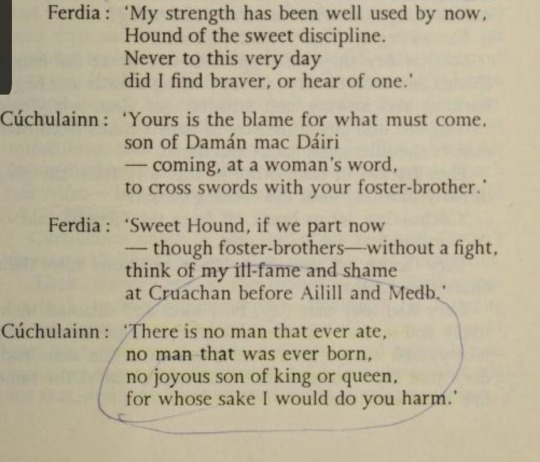
Táin spoilers, beloved

6 notes
·
View notes
Text
Ok so I've had a webcomic idea brewing in my head since spring of this year and now that I'm not dead anymore I'm finally posting about it!!!!
It's called the Primwood. It'll be a romance/slice of life that turns action later on. The whole thing takes inspiration from Celtic folklore (leaning Irish bc that's what I know most about) too! For example, all of the races in the Primwood, the Daomaine (duh-mih-nuh), are all either creatures directly from Celtic myth or inspired by something from it.
Anyways!! Time for our protagonist's intro!!
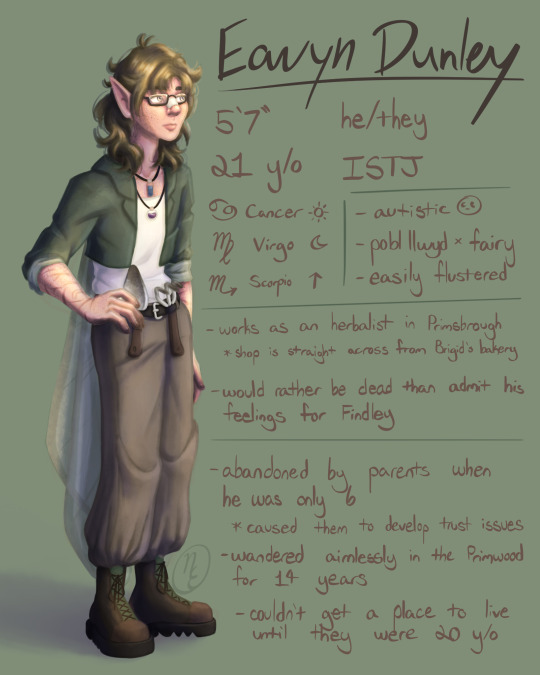
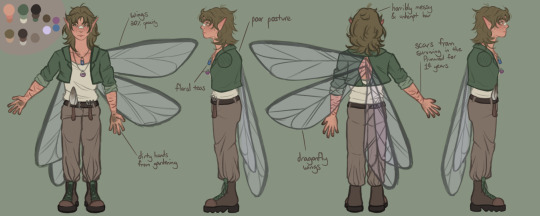
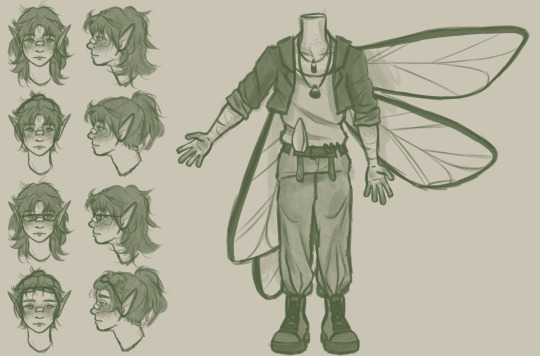
Say hello to the protagonist of this story, Eowyn Dunley (yo-win dunn-lee)! He's a fairy and pobl llwyd (based on the Welsh Brenin Llwyd) hybrid who didn't have the easiest childhood to say the VERY least. They're very curt and have a bit of a bad habit of distancing themself from others. He also works as an herbalist in the Primwood's capital city of Primsbrough, something he's been trying to do ever since he was a young teen.
Pronouns: he/they
Age: 21
Birthday: June 27th
If there's questions about Eowyn or the story in general, PLEASE ASK!!!! I love talking about this passion project of mine!!
#RAAAAHHHH im normal#please ask questions!!#like literally ask me anything#please#hes just a guy!#anyways#art#oc#original character#high fantasy#fantasy#elf#(sorta but not really)#fairy#webcomic#webtoon#celtic mythology#celtic myth#irish myth#irish mythology#folklore#eowyn dunley#the primwood#novaposting
3 notes
·
View notes
Photo
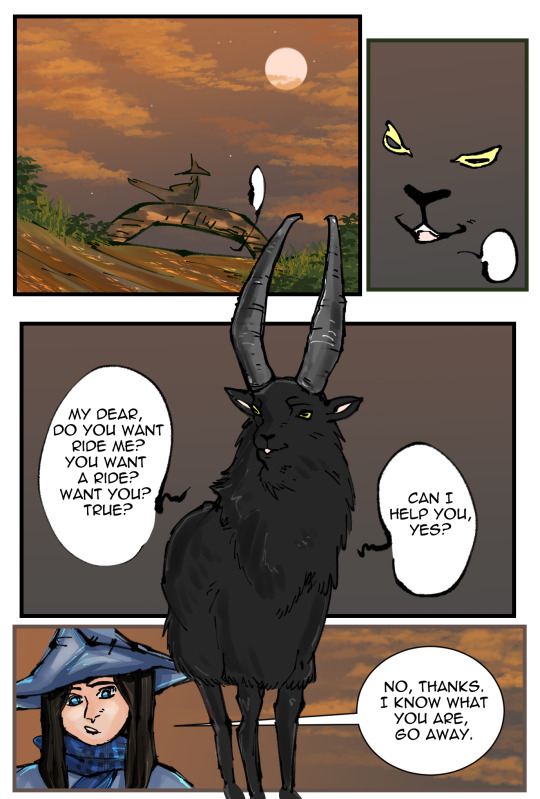
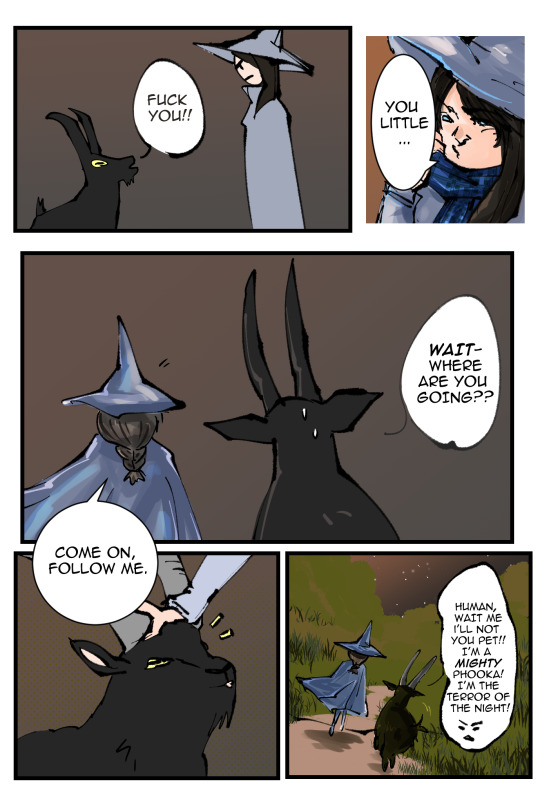
In these days I listened a podcast on the Phooka, a shapedshifter creature of Irish folklore and I wanted to draw this two pages.
I was inspired, but it's nothing serious. If you like this Phooka, well he could come back!! 🍂🍁
#phooka#irish mythology#irish myth#irish folklore#irish folk#original character#original characters#digital art#digital illustration#witch#lofi art#lofi artist#witch lore#cottage core#dark academia
10 notes
·
View notes
Text
Blindboy is always great, but this week he gets into some river lore that's definitely worth listening.
5 notes
·
View notes
Photo
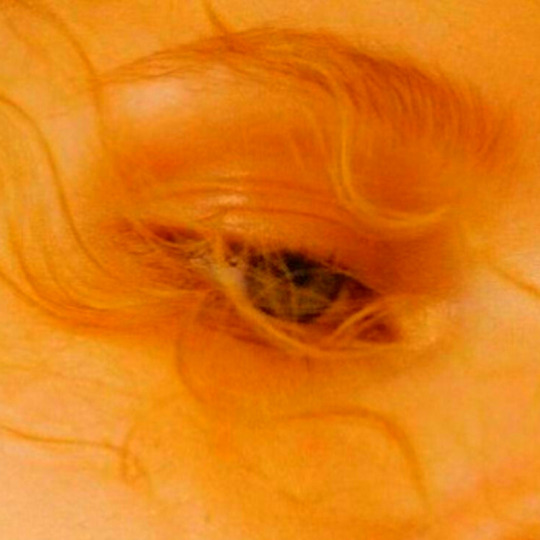
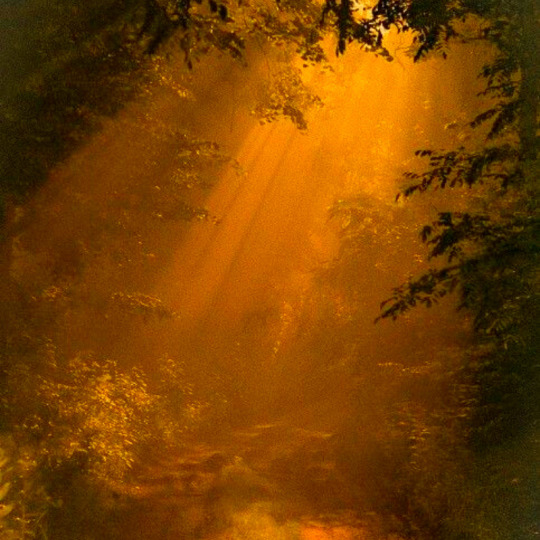
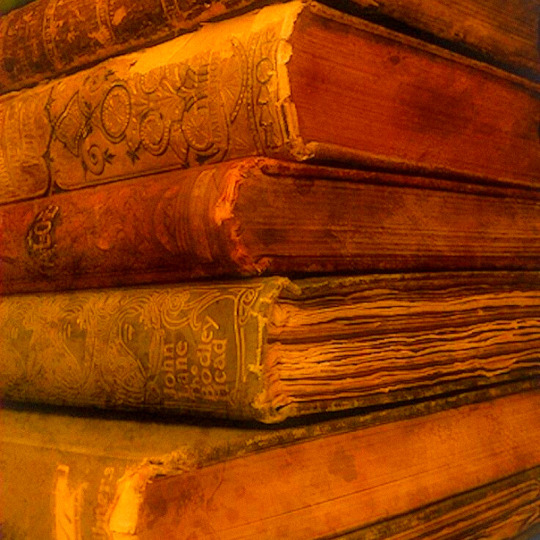
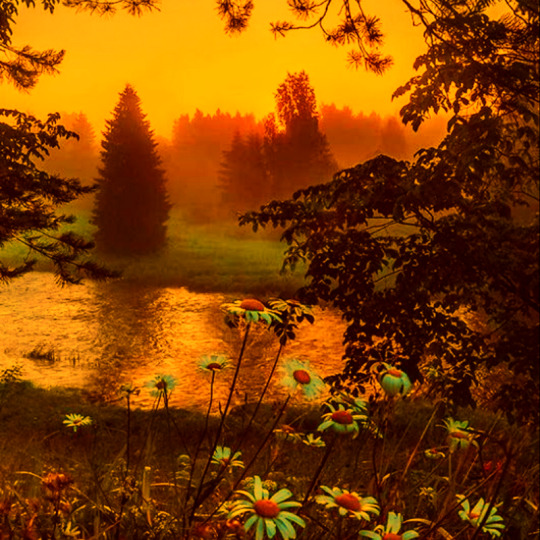

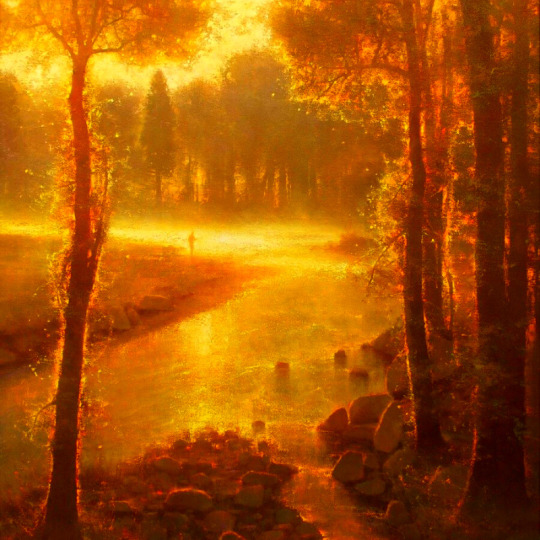

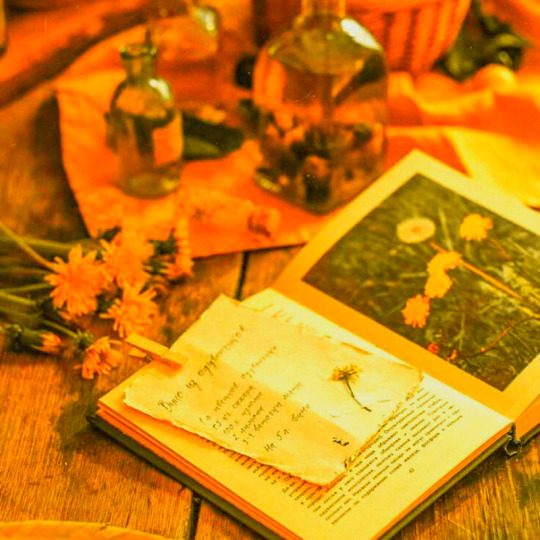
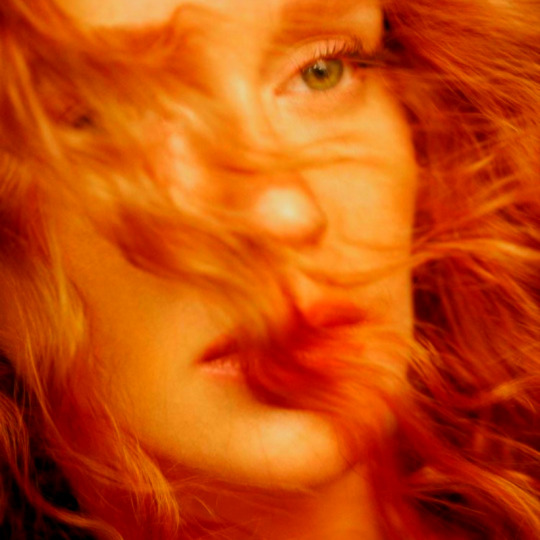
irish mythology: brigid
brigid is the goddess associated with wisdom, poetry, healing, protection, smithing, and domesticated animals.
548 notes
·
View notes
Text
"a blast of wind" the Irish folklore way of saying "went out to get a pint of milk and never came back"
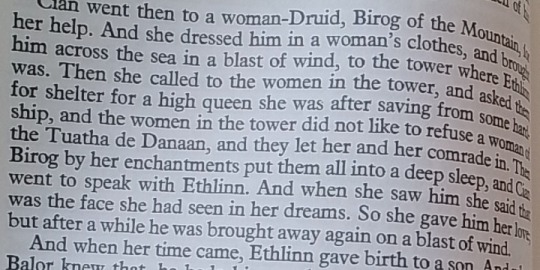
1 note
·
View note
Text

The Kissing Trees at the bottom of Glen Etive overlooking Loch Etive.
Glen Etive is a glen in the Highlands of Scotland. The River Etive rises on the peaks surrounding Rannoch Moor, with several tributary streams coming together at the Kings House Hotel, at the head of Glen Coe. From the Kings House, the Etive flows for about 18 km, reaching the sea loch, Loch Etive.
Photography by Lors. UK.
#The Kissing Trees#Glen Etive#Loch Etive#scottish highlands#photography#sunset#myth#deirdre#naoise#Irish Myth#mythology#love#Ancestors Alive!#What is Remembered Lives#Memory & Spirit of Place
0 notes
Text
Could someone explain to me please why the Dagda shitting his guts out because he ate too much Porridge was so important to the Cath Mag Tuired that it needed to be brought up and carried over countless generations so that I must now bear this knowledge.
The Dagda shits himself because a girl jumps on him and he gets stuck in a hole. he then proceeds to have sex with the girl.
In the hole.
0 notes
Text
The Irish Gods pt. 1
After reading several texts, I've painted this picture of the Irish gods.
There is the war god Net. His descendants procreate with his granddaughter Ethniu. She has 7 sons: the smith, the carpenter, the wright, the physician (Dian Cecht), the king (Nuada), the druid warrior (the Dagda), and the god of every skill (Lugh).
Elatha, Net's grandson, is a Fomorian king. He is father to Bres, the Dagda, and Ogma the champion; though, one text makes Ogma the son of Ethniu.
The gods lived in islands in the northern parts of the world where they learned all their magic, sciences, and art.
They invaded Ireland. They sailed there, and clouds shielded their arrival.
They had four treasures: the cauldron that everyone left satisfied from, the spear no one could defeat, the sword that nothing could escape from, and the stone of destiny that shouted when the true king of the land put his foot on it.
They battled the Firbolg, the existing inhabitants, for Ireland. The Morrigan and her sisters cast clouds and rain of fire and blood over the Firbolg. The gods defeat the Firbolg. (The Firbolg and gods have common ancestors).
Nuada loses his hand in battle. A blemished king can't rule. Bres is made king in hopes his Fomorian side would render the Fomorians under the gods' power.
The smith god made a silver hand. Dian Cect attached it to Nuada, making a working silver hand.
One text says Bres was a bad king. He chose the Fomorian side of his family. He made the Dagda build forts and Ogma carry wood. There was no food or drink at his court. The gods were taxed heavily, and all their wealth went to the Fomorians.
Miach, Diancecht's son, restores Nuada’s real flesh hand, unburying it, attaching it, and restoring it completely. Nuada is able to be king again. Diancecht was jealous of Miach, so he killed him. From his grave grew healing herbs. His sister gathered the herbs on a cloth, but Dian Cecht mixed them, and their healing knowledge was lost.
A poet made a satire about Bres. It embarrassed him and brought him dishonor. The gods told him they wanted to remove him as king. He went to his dad Elatha for help to battle gods. Elatha refused. Bres went to the Fomorian Balor for help. (Balor is the war god Net's son).
Meanwhile, Balor's grandson, Lugh, son of Ethniu and the god Cian (Dian Cecht’s son) comes to the god's court. They don't let anyone in without a skill. Lugh was the only one that had all the skills put together. They let him in. He was stronger than Ogma, and Nuada put him in charge of the war.
The Dagda slept with the Morrigan at the mouth of a river. Afterward, she gave him war intel and told him her plan: to kill one of the Fomorians. (Some texts say the Dagda and Morrigan are married to each other).
The Dagda’s daughter, Brigid, is married to Bres. She owns the king of the cows and king of the pigs. Her son with Bres is a spy. The son is killed by the gods, and Brigid is the first to cry and scream in mourning in Ireland.
The war was on. Dian Cecht and his kids made a healing well, filling the water with herbs. Anyone wounded who bathed in it was healed. Only people with their head cut off or brains bashed in could not be healed. The smith god and his brothers magically repaired the gods' weapons by the next day of battle.
Lugh defeated Balor in battle. Balor had an "evil eye." Whatever it looked upon was destroyed. Lugh hit the eye with his sling shot. The eye shot through the back of Balor's skull and killed several many Fomorians.
They spared Bres' life if he agreed to teach them the times to plant and harvest.
Nuada had died in battle, and Lugh was made king.
See pt. 2
#irish mythology#tuatha de danann#irish myth#pagan#irish lore#celtic myth#goddess#the morrigan#irish gods#witchblr
26 notes
·
View notes